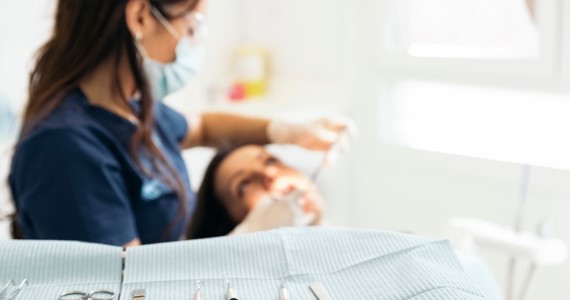Dental First Aid
Even the most careful people can hurt themselves ‐ how can you prepare?

First Steps
Dental injuries should for the most part be treated like other injuries:
- Stop any bleeding by applying pressure with gauze or a clean cloth
- Clean the wound using salt water or antiseptic mouthwash
- Assess the severity of the injury
- Apply an ice pack or cold compress to the face to reduce any swelling
- Visit a medical or dental professional as quickly as possible
If a tooth is lost or broken:
- Don't touch the tooth root
- Place the lost tooth back in the empty socket and hold it in place by biting down gently on gauze as the dentist may be able to reattach it
- If the tooth won't stay in the socket or if a fragment of the tooth was broken off, place the tooth/fragment in a clean container with some saliva or milk to keep it from drying out as the dentist might be able to repair it
First Aid Kit
In addition to the standard first aid kit supplies of bandages, gauze, and cold compresses (ice packs), you can include a few items to make sure you are covered in the event of a dental emergency:
- Mouthwash
- A small, clean cup for mouthwash
- A clean, sealed container that can be used for tooth storage.
Visiting the Dentist
After experiencing a facial injury, it's a good idea to visit the dentist quickly to address any damage to the teeth and to help prevent infection and control bleeding. An x-ray may be needed to determine if any tooth injury has occurred as it isn't always visible to the naked eye.
In the event of a lost or broken tooth, baby teeth are not typically reattached, however permanent teeth can often be reattached if addressed right away.






